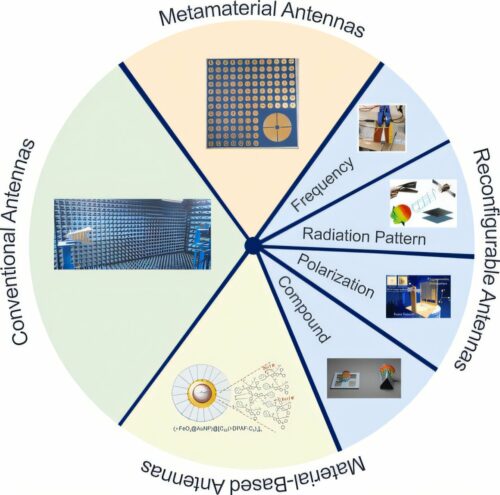Scientists at Johns Hopkins University have developed a shape-shifting antenna using memory alloys and 3D printing, promising wide-ranging technological applications.

Researchers at Applied Physics Laboratory (APL), Johns Hopkins University, USA have engineered antennas that adapt their shape in response to temperature changes. By using 3D printing techniques and shape memory alloys like nitinol, this innovative device opens new possibilities for military, scientific, and commercial communication systems.
Traditional antennas, once manufactured, are locked into a single shape, limiting their functionality. The APL team’s shape-shifting antenna can dynamically adjust to operate across various radio-frequency bands. Such adaptability could replace multiple fixed-shape antennas, provide flexibility in spectrum availability, and toggle between short and long range communication capabilities. The technology targets a diverse range of users, including defence personnel requiring field-ready communication tools, telecommunications companies seeking efficient spectrum management, and researchers working on space missions.
The idea originated with Jennifer Hollenbeck, electrical engineer, APL who drew inspiration from the sci-fi series The Expanse. “I have spent my career working with antennas and wrestling with the constraints imposed by their fixed shape,” she said. This challenge spurred a collaboration with Andy Lennon, materials scientist, APL who had extensive experience with nitinol which is an alloy known for its ability to “remember” shapes when exposed to heat.
Despite initial hurdles in designing and manufacturing a fully functional prototype, the team succeeded by combining expertise in additive manufacturing and radio frequency (RF) design. The antenna’s unique capability to switch between a flat spiral disk at lower temperatures and a cone spiral at higher temperatures was achieved through the use of two-way shape memory alloy.
Heating the antenna without compromising its functionality posed another challenge. The team, led by Michael Sherburne, engineer, APL devised a novel power line to provide sufficient heat while preserving the antenna’s RF properties.
APL is pursuing patents for the antenna, the innovative power line, and the processes involved in its creation. Conrad Grant, chief engineer, APL praised the invention, calling it “a game-changing enabler for missions requiring RF adaptability in compact configurations.”






